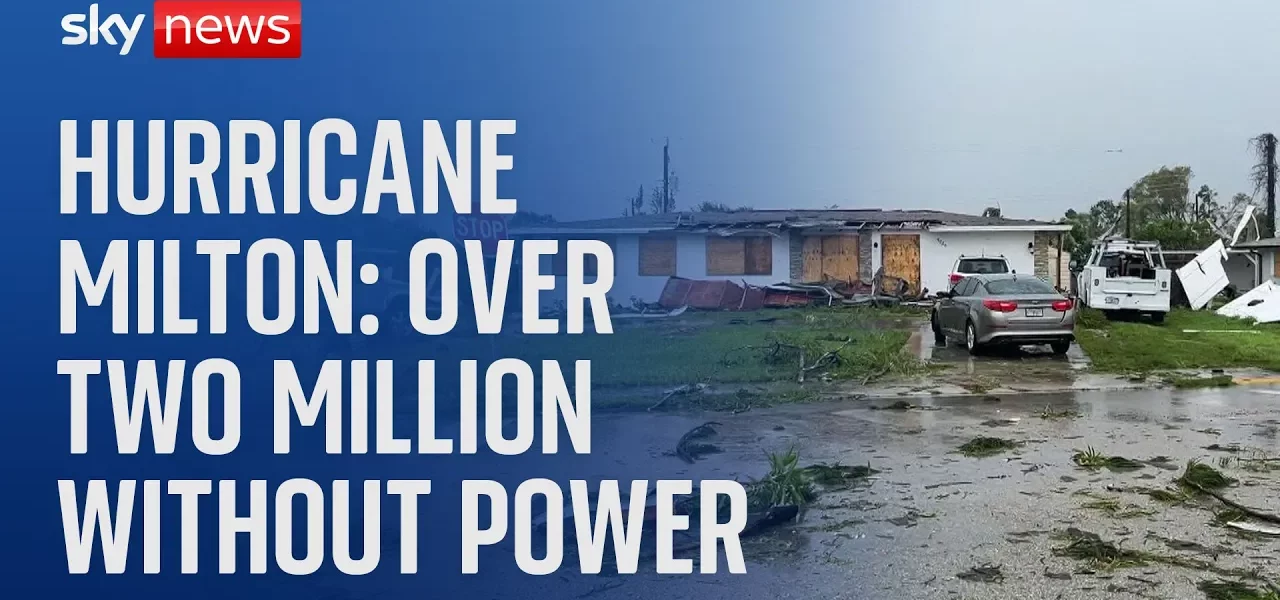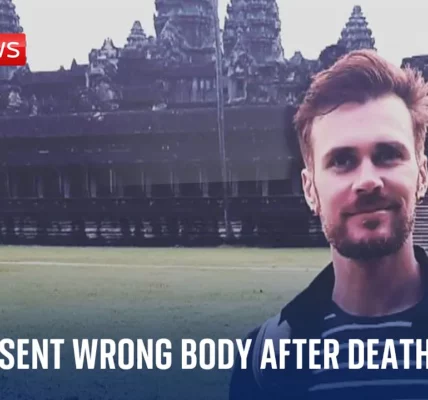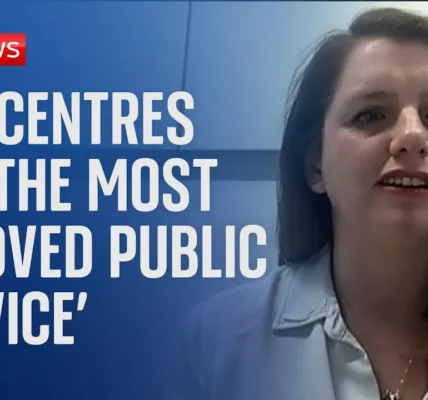Hurricane Milton: A Historic Weather Event in Florida

Hurricane Milton has etched its mark in the history of extreme weather events, hitting Florida with unprecedented force and leaving a trail of destruction. This article delves into the details of the hurricane’s impact, its path, and the accompanying tornadoes that shocked the region.
Introduction
Hurricane Milton made landfall near Siesta Key, Florida, just before 9:00 PM local time, unleashing a powerful storm surge and fierce winds that rattled the state. This hurricane was not just another storm—it was a reminder of nature’s might, bringing with it life-threatening conditions and unprecedented weather phenomena. Residents across Florida braced themselves as the hurricane approached, leading to a night filled with fear, destruction, and record-breaking tornado warnings.
Landfall and Immediate Impact
As Hurricane Milton approached, it was clear that the storm posed a significant threat to life and property. The following are key points concerning its landfall and immediate effects:
- Time and Location: Hurricane Milton made landfall near Siesta Key shortly before 9:00 PM.
- Storm Surge: The hurricane brought a dangerous storm surge from the Gulf of Mexico, inundating coastal areas.
- Wind Speeds: Winds exceeded 100 miles per hour, creating chaotic and dangerous conditions.
Visual Evidence of Destruction
The aftermath of Hurricane Milton was starkly visible, with significant damage reported across various regions. One notable scene was the destruction of the Tropicana Field roof, symbolizing the hurricane’s ferocity.
Unprecedented Tornado Activity
Before and during Hurricane Milton, Florida experienced a series of tornadoes, leading to more than 100 tornado warnings—a record for the state in a single day. This phenomenon highlighted the unique and dangerous weather conditions at play:
- Locations Affected:
- Martin County
- Village of Wellington
- Palm Beach County
- Fort Myers
- Tornado Statistics:
- Over 100 tornado warnings issued.
- Numerous tornadoes confirmed, causing property damage and injuries.
Personal Accounts from Residents
Nick Hulings, a British resident in Sarasota, provided a firsthand account of the eerie calm within the hurricane’s eye. He described the sudden shift from fierce winds to an unsettling silence, encapsulating the storm’s unpredictable nature.
Evacuations and Preparedness
As Hurricane Milton loomed, extensive evacuation orders were issued across large parts of Florida. Many residents heeded the warnings and sought shelter, while others chose to remain:
- Evacuation Zones: Major areas of Florida were designated as evacuation zones.
- Government Warnings: Warnings were issued at all levels, including from the President, emphasizing the storm’s severity.
- Public Response: While many evacuated, some remained, underestimating the hurricane’s potential threat.
Record-Breaking Rainfall and Flooding
In addition to the hurricane’s winds, heavy rainfall led to flash flood emergencies in several cities:
- Record Rainfall: Many areas experienced rainfall levels never seen before in recorded history.
- Flash Flooding: Cities faced immediate flooding, complicating rescue and recovery efforts.
Preparing for Future Storms
The impact of Hurricane Milton serves as a critical reminder for Floridians and residents in hurricane-prone areas to prepare adequately for future storms. This includes having emergency kits, knowing evacuation routes, and staying informed through reliable weather sources.
Conclusion
Hurricane Milton has left an indelible mark on Florida, showcasing the devastating power of nature and the need for preparedness in the face of extreme weather. As daylight reveals the full extent of the damage, communities will begin to assess and recover from this historic event. It is essential for residents to stay informed and prepared for future storms, as the climate continues to present increasingly severe weather patterns. For ongoing updates and resources on hurricane preparedness, explore our related articles on emergency preparedness and weather safety.
“`




